
The Belgian Blue cattle are truly a sight to behold with their light blueish coloring and their doubled muscled physiques. The breed has a trait that allows its body to convert feed into lean muscle with a result the breed has less fat and more tender meat. They were originally bred as a milk cow and do offer a good quality and yield of milk. These cattle are becoming more popular in Canada, Europe, New Zealand, Brazil, and America for their superbly marbled excellent quality of meat. Today the breed is used for both meat and milk production.
BELGIAN BLUE BREED OF CATTLE QUICK PROFILE OVERVIEW
|
|
|---|---|
| The Belgian Blue cattle breed has a genetic trait that allows the cattle to effectively turn feed into muscle. | |
| Country of Origin: | Belgium |
| Other Names: | Blue, Belgian White Blue, Belgian Blue-White, Belgian White, Race de la Moyenne et Haute Belgique, Blanc-Blue Belge, and Blue Pied, or the British Blue |
| Main Purpose: | Meat and milk |
| You may Also Like: | 35 Best Cattle Breeds for Milk – Dairy Cattle |
| You may Also Like: | 47 Best Cattle Breeds for Meat – Beef Cattle |
| Can be used for | Breed, Meat, Skin |
| Ideal Climate: | Heat, Cold, Most Climates |
| Conservation Status: |
Not Listed by the *ALC Status/Rarity: Common |
| Health Issues? | No known health issues |
| Good Starter Cattle? | Novice to intermediate Cattle farmer/keeper level |
| Cattle Associations: | American Blue Cattle Association Inc., International Association of Belgian Blue Cattle Breeders, Canadian Belgian Blue Associations, The British Blue Cattle Society, Irish Belgian Blue Cattle Society, and the Belgian Blue Herd-book |
| Cattle Clubs: | Please contact the American Blue Cattle Association Inc., International Association of Belgian Blue Cattle Breeders, Canadian Belgian Blue Associations, The British Blue Cattle Society, Irish Belgian Blue Cattle Society, and the Belgian Blue Herd-book for more information on clubs, societies, breeders, cattle shows, etc. |
| Where to buy them? | Please contact the American Blue Cattle Association Inc., International Association of Belgian Blue Cattle Breeders, Canadian Belgian Blue Associations, The British Blue Cattle Society, Irish Belgian Blue Cattle Society, and the Belgian Blue Herd-book for more information on clubs, societies, breeders, cattle shows, etc. |
| Child Friendly? | Livestock should not be left unattended around unsupervised children |
| General Information: | The double muscling phenotype of the breed is an inheritable trait that is passed down to the calve and causes the animal to have an increased number of muscle fibers. The Belgian Blue shares the double muscling trait with one other breed namely the Piedmontese cattle breed. |
| Note: *ALC stands for American Livestock Conservancy | |
PHYSICAL CHARACTERISTICS |
||||||||||||||||||||||||||||||||
|---|---|---|---|---|---|---|---|---|---|---|---|---|---|---|---|---|---|---|---|---|---|---|---|---|---|---|---|---|---|---|---|---|
| The Belgian Blue is truly a sight to behold with their double muscling and huge body girth. They have a long body and powerful legs. Their muscles seem to pop and bulge out all over their bodies giving them a rounded physique appearance. They have quite a small head in comparison to their large bodies, a thick neck and their body round off down their rump. | ||||||||||||||||||||||||||||||||
| Size: | Large | |||||||||||||||||||||||||||||||
|
||||||||||||||||||||||||||||||||
COW BREEDING & MILKING INFORMATION |
|
|---|---|
| Most Cattle produce milk but not all of them are used in the dairy Cattle capacity for their milk. Cows only calve once a year and should have 12 to 14-month inter-calving cycle. Belgian Blue cows are quite fertile, has easy calving and good calving rates. They are excellent mothers with good maternal instincts. Their milk yields are good for human consumption their calves are born strong and ready to go. They mature a bit later than other breeds and usually only have their first calf at 32 months or earliest at 24 months. | |
| Breeding Period/cycle: | Usually lasts 6 to 24 hours Most ave. 12 to 16 hours Cows usually come on heat every 21 days. |
| Estrous cycle: | Ave. 17 days to 24 days Heifer – usually ave. 20 days Cows – usually ave. 21 days |
| Gestation Period: | Usually, around 279 to 287 days but most gestation is 283 days. Cows that are carrying bull calf’s their gestation period is usually a little longer than cows that are carrying heifer calves. |
| No. Calves/Litter: | 1 calf at a time. Cows rarely have twins or triplets, but it can happen |
| Lactation Period: | Cows lactation period can last for up to about 10 months (305) days. |
| Milking From: | 1 to 6 weeks after Calving |
| Drying off Period: | The cow should have a 12 to 14-month inter-calving cycle. Drying off period for around 60 days before she can calve again. |
| Milk Quality: | Good, Quantity: 4000 kgs – 3.23% protein and 3.48% fat content per Lactation period |
| Milk Ideal for: | Calves, drinking, and other dairy products |
| You may Also Like: | 35 Best Cattle Breeds for Milk – Dairy Cattle |
CATTLE MEAT PRODUCTION INFORMATION |
||||||||
|---|---|---|---|---|---|---|---|---|
| The Belgian Blue with its double muscling and superior feed to muscle conversion has very tender, tasty and succulent meat. They have a higher daily weight gain than a lot of other breeds such as the Charolais breed. They have thin skin and a lot of lean meat which allows for carcass yields of up to 80%. The flavor of their meat has been likened to that of the Angus breed. | ||||||||
| Meat Production? | Yes, Quality: Good | |||||||
|
||||||||
| You may Also Like: | 47 Best Cattle Breeds for Meat – Beef Cattle | |||||||
CATTLE SKIN PRODUCTION INFORMATION |
||||||||
|---|---|---|---|---|---|---|---|---|
| Most meat Cattle will have a skin by-product, and these are usually used in some form or just as a hide. Their skin is rather thin and not too good for leather yield production. | ||||||||
| Skin Production? | N/A | |||||||
| Skin is used to Produce: | Calf/cow skin leather products such as shoes, car seats, fine leather coats, gloves, handbags, belts, furniture, rugs, etc. | |||||||
|
||||||||
HISTORY
The Belgian Blue cattle breed was developed in upper and central Belgian in the 19th century. The breed was developed by cross-breeding local Belgian breeds with Shorthorn cattle and possibly Charolais cattle.
They were first bred to produce milk and the beef as their muscle makes for tender beef that is quite lean and tasty. The breed as we know it today was developed by Professor Hanset in the 1950s. He was working at the artificial insemination center in Liege province.
The characteristic gene that causes the double muscling of the breed was maintained through linebreeding and the gene is now a fixed property in the breed.
The Belgian Blue cattle breed were introduced to the United States in 1978 by a farmer from Canada Nick Tutt who immigrated to Texas and showed the breed to the universities in the region.
Video
USEFUL LINKS
- Purebred Dairy Cattle Association
- American Dairy Association
- National Association of Animal Breeders
- American Dairy Science Association
- United States Cattlemen’s Association
- National Cattlemen’s Beef Association
- American National Cattlewomen
- Beef Cattle Breed Associations
- National Cattlemen’s Beef Association
- Fur Commission USA
- North American Meat Institute
- American Livestock Conservancy
- Animal Shelter (ASPCA)
- American Veterinary Medical Association
- American Animal Welfare Society
- American Animal Control
- American Society of Animal Science
- United States Department of Agriculture
 Afrikaner Cattle Breed – Everything You Need to Know
Afrikaner Cattle Breed – Everything You Need to Know Droughtmaster Cattle Breed – Everything You Need to Know
Droughtmaster Cattle Breed – Everything You Need to Know Braunvieh Cattle Breed – Everything You Need to Know
Braunvieh Cattle Breed – Everything You Need to Know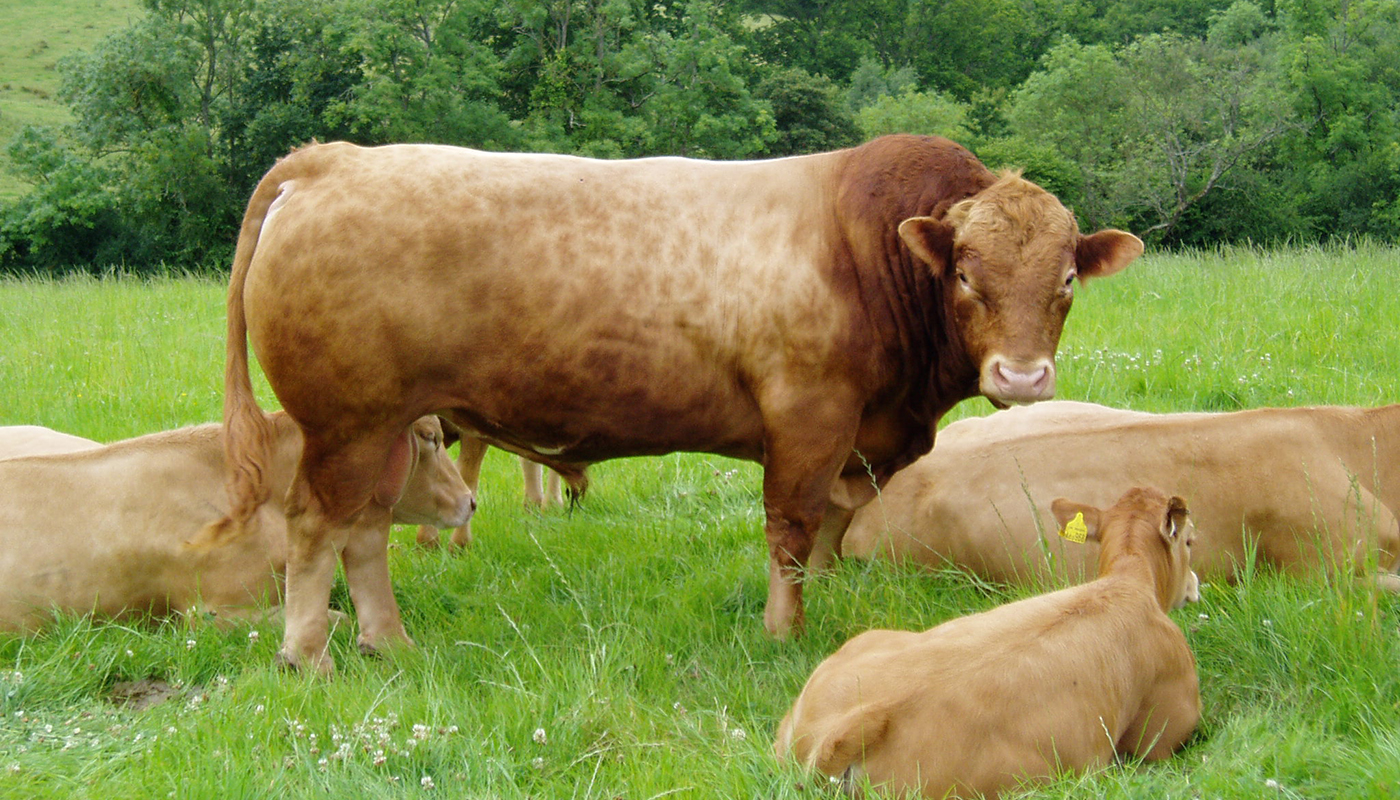 Gelbvieh Cattle Breed – Everything You Need to Know
Gelbvieh Cattle Breed – Everything You Need to Know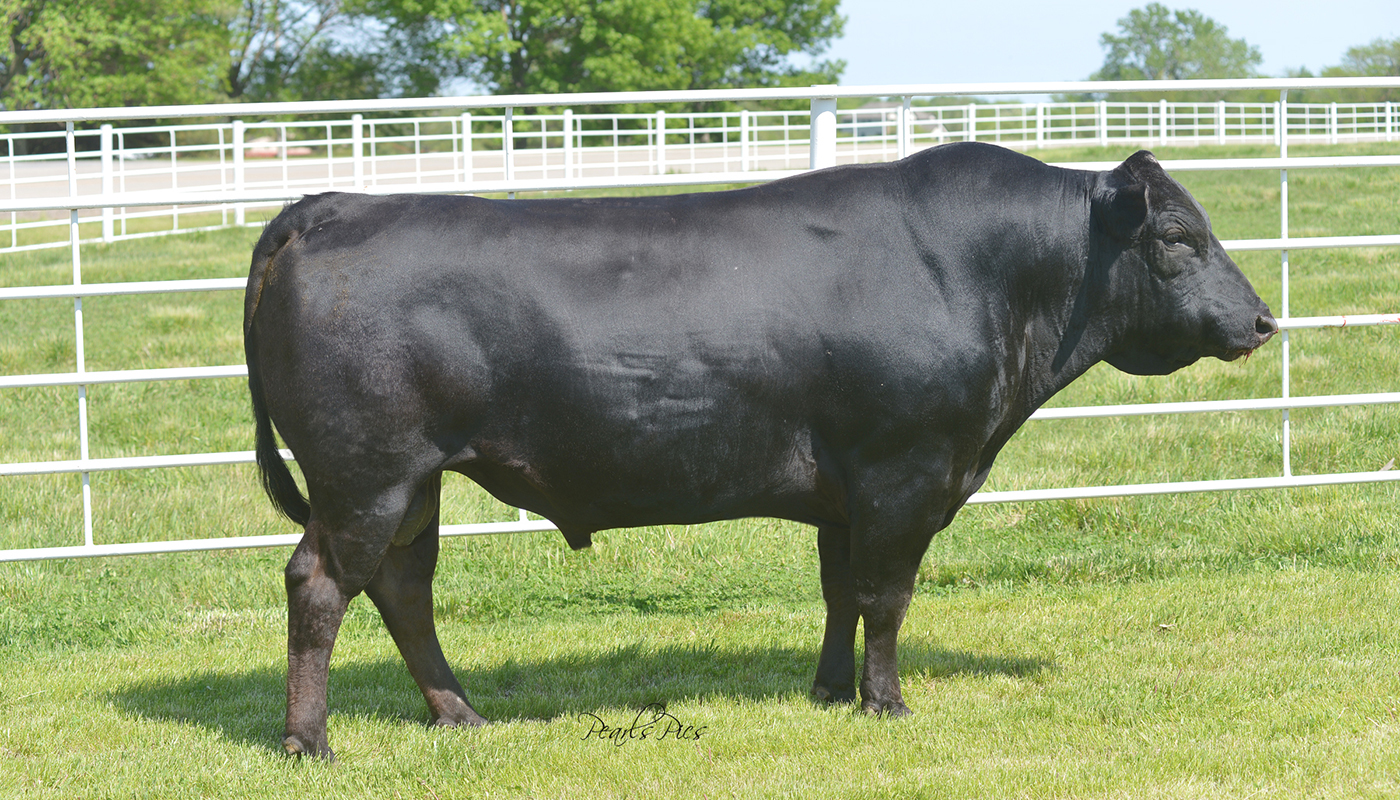 Wagyu Cattle Breed – Everything You Need to Know
Wagyu Cattle Breed – Everything You Need to Know Senepol Cattle Breed – Everything You Need to Know
Senepol Cattle Breed – Everything You Need to Know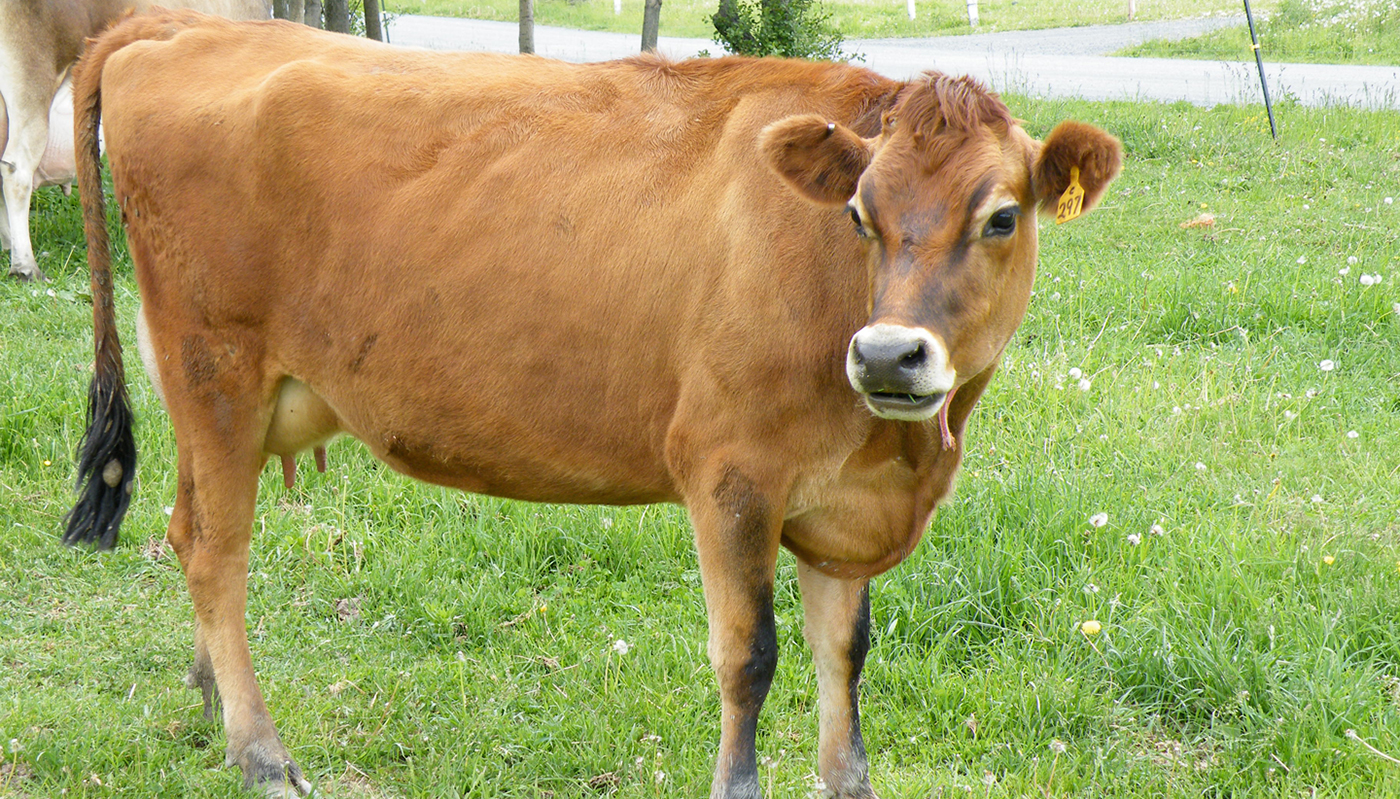 Jersey Cattle Breed – Everything You Need to Know
Jersey Cattle Breed – Everything You Need to Know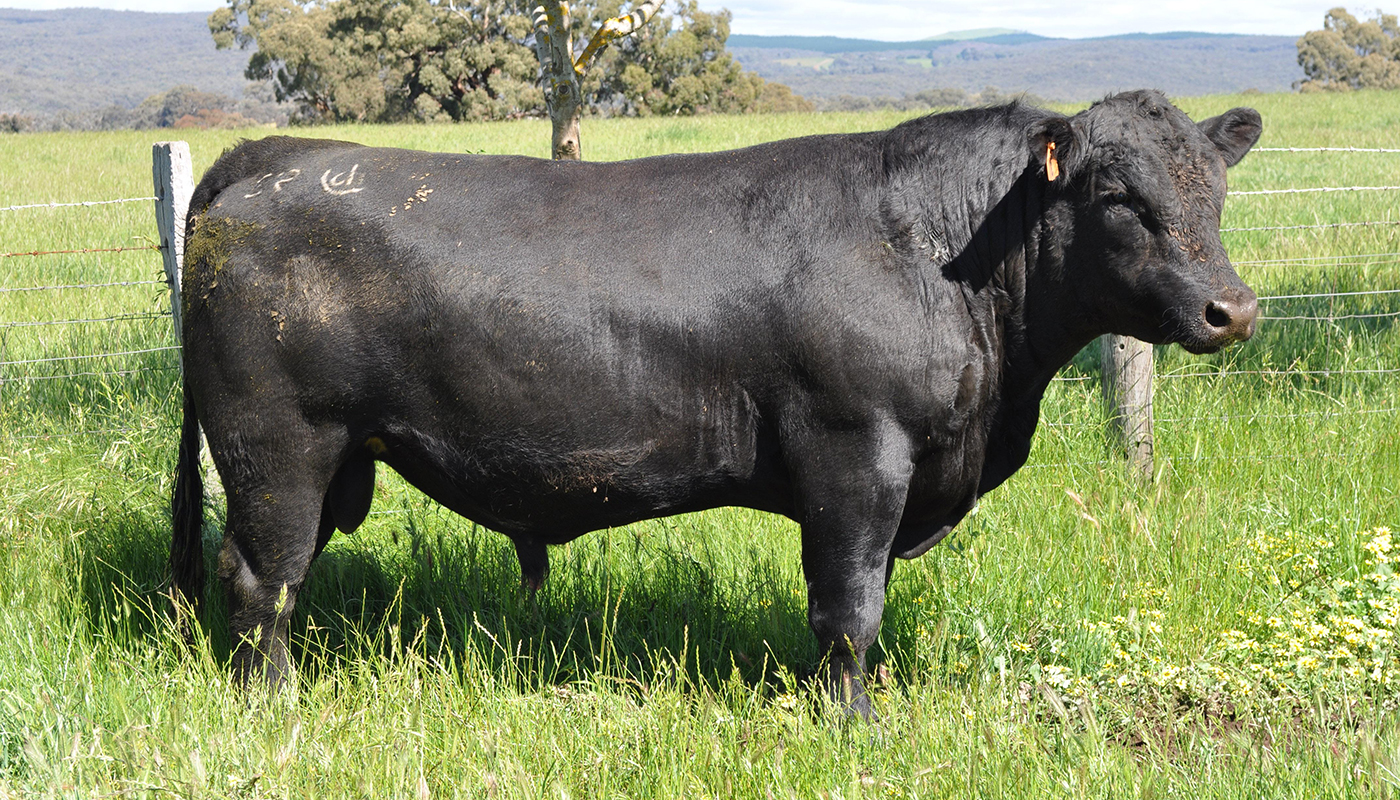 Angus Cattle Breed – Everything You Need to Know
Angus Cattle Breed – Everything You Need to Know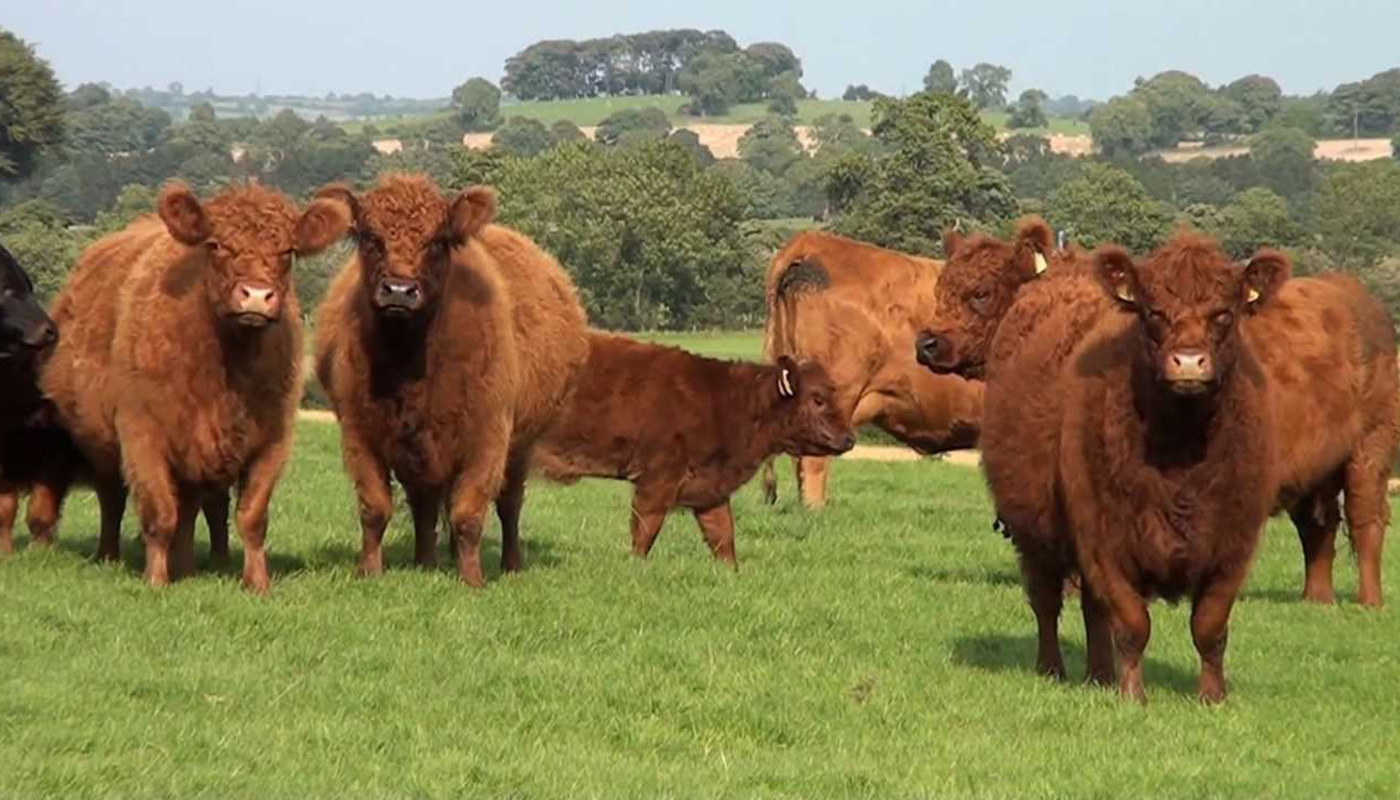 Galloway Cattle Breed – Everything You Need to Know
Galloway Cattle Breed – Everything You Need to Know Shorthorn Cattle Breed – Everything You Need to Know
Shorthorn Cattle Breed – Everything You Need to Know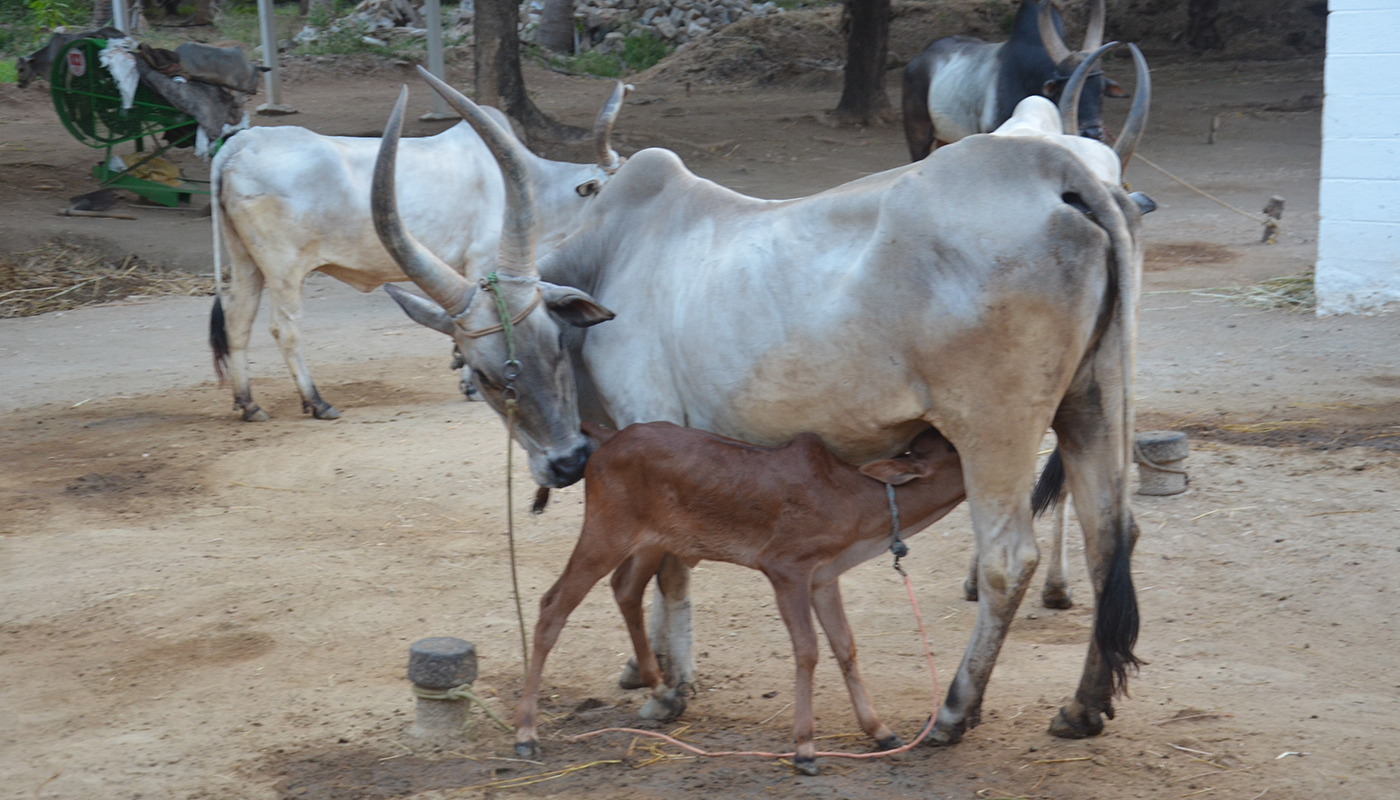 Kangayam Cattle Breed – Everything You Need to Know
Kangayam Cattle Breed – Everything You Need to Know Nelore Cattle Breed – Everything You Need to Know
Nelore Cattle Breed – Everything You Need to Know